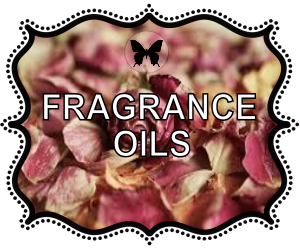Table of Contents
Saponification
Trace





Soap Making Trace
Today, we’re diving into the world of soap making and exploring a key player in the process — “trace.” In simple terms, trace marks the point where oils and lye in soap making start doing their thing, resulting in a thicker batter that eventually becomes soap.
Here we’ll show you the science behind it, the techniques soap makers use to hit the right trace, and why it matters for the final product. No need for a chemistry degree – we’re keeping it friendly and approachable.
So, whether you’re a soap-making enthusiast or just curious about how that bar of soap came to be, let’s break down the concept of trace without making it sound like a science experiment. Ready? Let’s go!
1. The Science of Saponification:
- Chemical Reaction: Saponification is a chemical reaction between the fatty acids in oils or fats and the alkali (lye). This reaction results in the formation of soap molecules and glycerin. The emulsification process during trace is crucial for the proper formation of soap.
2. Techniques for Achieving Trace:
- Hand Stirring: Soap makers often start by hand stirring the oils and lye water to initiate the emulsification process. This manual method allows for better control over the trace progression.
- Stick Blending: Many soap makers use a stick blender to accelerate and ensure thorough emulsification. A stick blender is a handheld device that efficiently mixes the soap batter and helps achieve trace faster.
3. Visual and Textural Cues:
- Observation Skills: Recognizing trace requires keen observation skills. Soap makers pay attention to changes in the appearance and texture of the batter. The transformation from a thin, liquid-like consistency to a thicker, more opaque texture signifies the progress of trace.
- “Trail” Test: To check for trace, soap makers often lift the mixing utensil (such as a spatula or stick blender) above the batter and observe the “trail” left behind. The thickness and visibility of this trail indicate the stage of trace.
4. Impact on Soap Characteristics:
- Final Texture: The stage of trace directly influences the final texture of the soap. Soap at a thin trace may have a smoother texture, while soap at a heavy trace may exhibit a more rustic or textured appearance.
- Ease of Molding and Pouring: Achieving the right trace is crucial for the ease of molding or pouring the soap into desired shapes or molds. Different trace stages offer varying degrees of fluidity and thickness.
5. Considerations for Different Traces:
- Thin Trace for Designs: Soap at a thin trace is often favored for intricate designs, swirls, and layering. The fluidity allows for precise pouring and manipulation.
- Medium Trace for Versatility: Medium trace is a versatile stage that suits a wide range of soap recipes. It provides a balance between fluidity and thickness, making it suitable for various techniques.
- Heavy Trace for Specific Techniques: Soap makers intentionally aim for a heavy trace when using techniques like sculpting, molding, or creating textured surfaces. The thick consistency allows for more intricate shaping.
6. Adapting to Recipes and Preferences:
- Recipe-Specific Requirements: Different soap recipes may call for specific trace stages based on the desired characteristics of the final product. Some recipes may benefit from a light trace for certain aesthetic effects.
- Artistic Preferences: Experienced soap makers often develop their preferences for trace based on their artistic vision and the type of soap they aim to create.
In essence, trace is a dynamic and multifaceted aspect of soap making that requires a combination of science, technique, and artistic sensibility. The ability to master trace allows soap makers to craft a diverse array of soaps with unique textures, designs, and characteristics.
Affiliate Disclosure: I am grateful to be of service and bring you content free of charge. In order to do this, please note that when you click links and purchase items, in most (not all) cases I will receive a referral commission. Your support in purchasing through these links enables me to keep Par Par Academy of Soaps & Cosmetics free, and empower more people worldwide to make soap safely and easily. Thank you!